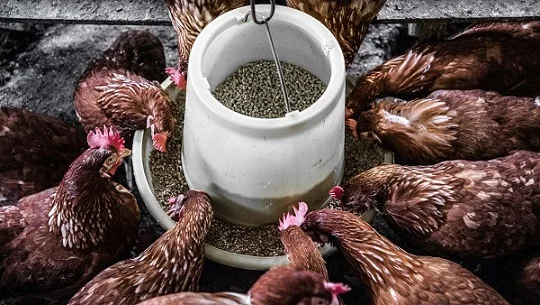How to Select Food for a Space Shuttle
When it comes to selecting food for a space shuttle, there are a few important factors to consider. After all, astronauts need to stay nourished and healthy during their missions, so choosing the right food is crucial. Here are some key considerations:
Dietary Requirements
First and foremost, the food chosen for a space shuttle must meet the dietary requirements of the astronauts. This includes providing them with the necessary nutrients, vitamins, and minerals to sustain their health and well-being in the unique environment of space. The food should be balanced and provide a mix of carbohydrates, proteins, and fats.
Additionally, special dietary needs of individual astronauts must be taken into account. Some may have allergies or intolerances, while others may require specific diets due to medical conditions. It’s important to accommodate these needs to ensure the crew’s health and comfort.
Storage and Preservation
Space shuttles have limited storage space, so the food selected needs to be compact and lightweight. Dehydrated and freeze-dried foods are commonly used because they have a longer shelf life and are lightweight, making them easier to transport. These foods can be rehydrated with water on the shuttle, providing astronauts with a variety of meals.
Furthermore, the food must be able to withstand the extreme conditions of space, including temperature fluctuations and microgravity. Special packaging and preservation techniques are employed to ensure the food remains safe and edible throughout the duration of the mission.
Variety and Enjoyment
Imagine being in space for months or even years without access to fresh food or the ability to cook a meal from scratch. It’s important to provide astronauts with a variety of flavors and textures to prevent monotony and boost morale. Space agencies work closely with food scientists to develop menus that offer a wide range of options, including international cuisines and comfort foods.
Moreover, the food should be easy to consume in a microgravity environment. Astronauts often eat from resealable pouches and use utensils specially designed for space travel. The food needs to be easy to handle and not create a mess, as crumbs and liquids floating around the cabin can be hazardous to both equipment and astronauts.
Shelf Life of Food in Space
The shelf life of food in space is a critical aspect to consider, as astronauts may spend extended periods away from Earth. The shelf life depends on various factors, including the type of food, packaging, and storage conditions.
Dehydrated and freeze-dried foods, as mentioned earlier, have a longer shelf life compared to fresh foods. These foods can last anywhere from a few months to a few years, depending on the specific product and storage conditions. The removal of moisture during the preservation process helps to prevent the growth of bacteria and other microorganisms that cause spoilage.
Special packaging, such as vacuum-sealed pouches and cans, is used to protect the food from exposure to oxygen, light, and moisture. This further extends the shelf life and maintains the quality of the food over time.
It’s worth noting that space agencies conduct rigorous testing to determine the safety and quality of the food throughout its shelf life. This includes sensory evaluations, nutritional analysis, and microbial testing to ensure that the food remains safe and palatable for the astronauts.
In summary, selecting food for a space shuttle involves considering the dietary requirements of the astronauts, storage and preservation methods, variety and enjoyment, and the shelf life of the food. By carefully considering these factors, space agencies can ensure that astronauts have access to nutritious and delicious meals during their missions in space.
Vickie Kloeris
Vickie Kloeris served as the manager of the shuttle food system and International Space Station food system for 29 years. She has now written a book – a memoir about her days at NASA. Aptly titled – “Space Bites: Reflections of a NASA Food Scientist” – this book provides an amazing insight into how the packaged food industry for space missions evolved from humble origins in research lab to an established supply chain. The book is available in many online stores from ‘Ballast Books’.
In an interview, she told that the book was mostly written during covid. And that she wanted to tell the students about the food science as a promising career. They usually think about NASA to be as merely the engineering career, but then whole lot of careers provide a multi-disciplinary approach for space missions. And Food, specially the micro-biology aspect of it, is very critical for any mission.
The book also describes her experience of preparing a space breakfast for the main cast of the famous docudrama movie ‘Apollo 13’, including Tom Hanks.
Earlier, the space missions lasted at the most for 2 weeks. But now, up to 6 months and more are also becoming the norm. So, while in earlier days it was mostly the off-the-shelf packaged foods, which could serve the required need, it is not possible to use them due to shelf life issues. Also, the large sodium content is also harmful for the space due to micro-gravity effects and may result in losses in bone-density. So, extensive research is required for effective space food for long duration. Moreover, taste and flavour also become important to some extent, as the monotony of limited flavours can kill an astronaut’s appetite easily.



